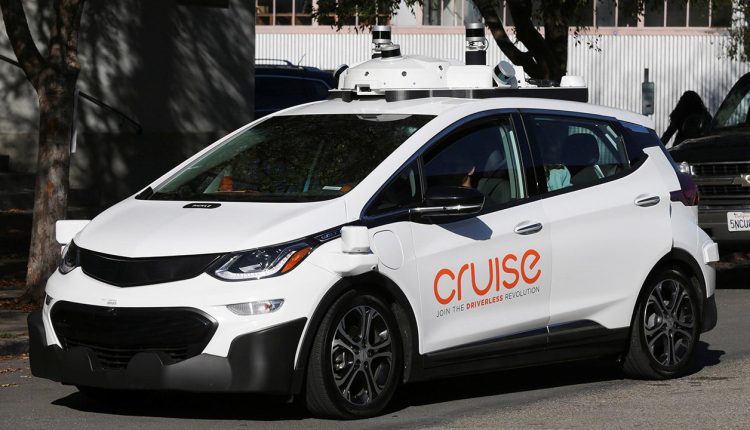General Motors said Monday it plans to temporarily halt production of its fully autonomous Cruise Origin van just days after the unit said it was pausing all driverless operations.
The move was first reported by Forbes, citing an audio of Cruise CEO Kyle Vogt’s address at an all-hands meeting.
EVS CREATE PROFIT POTHOLES FOR MAJOR US AUTOMAKERS GM, FORD
Vogt, according to Forbes, told staff during the meeting that the company has produced hundreds of Origin vehicles already, and that it is “more than enough for the near-term when we are ready to ramp things back up.”
A GM spokesperson told Reuters “we are finishing production on a small number of pre-commercial vehicles and after that, plan to temporarily pause production.”
TESLA COULD BE A WINNER IN THE UAW STRIKE AGAINST DETROIT’S BIG THREE
“We believe autonomous vehicles will transform the way people move around the world, and the Origin is an important part of the AV journey,” the spokesperson added.
Cruise, the driverless car unit of General Motors, said last month it would halt operations nationwide after California regulators suspended the robotaxi operator’s license, saying self-driving vehicles were a risk to the public.
Cruise in February 2022 petitioned U.S. regulators seeking permission to deploy up to 2,500 self-driving Origin vehicles annually without human controls like steering wheels.
The National Highway Traffic Safety Administration said in July it expected to make a decision on the petition in “weeks” but last month opened a new probe into whether Cruise is taking sufficient precautions to safeguard pedestrians after opening an investigation in December that is ongoing.
THE UAW STRIKE MIGHT BE OVER, BUT WILL CONSUMERS FEEL IT LATER?
The Cruise Origin vehicle, built in Detroit, was jointly developed by GM, Cruise and Honda.
Cruise’s board has hired law firm Quinn Emanuel to review Cruise management’s responses to regulators investigating an Oct. 2 accident, and technology consultancy Exponent to review Cruise’s technology, the company said Friday.
Read the full article here

